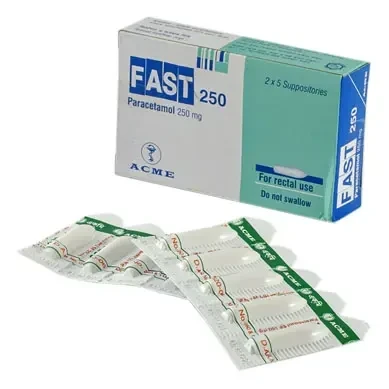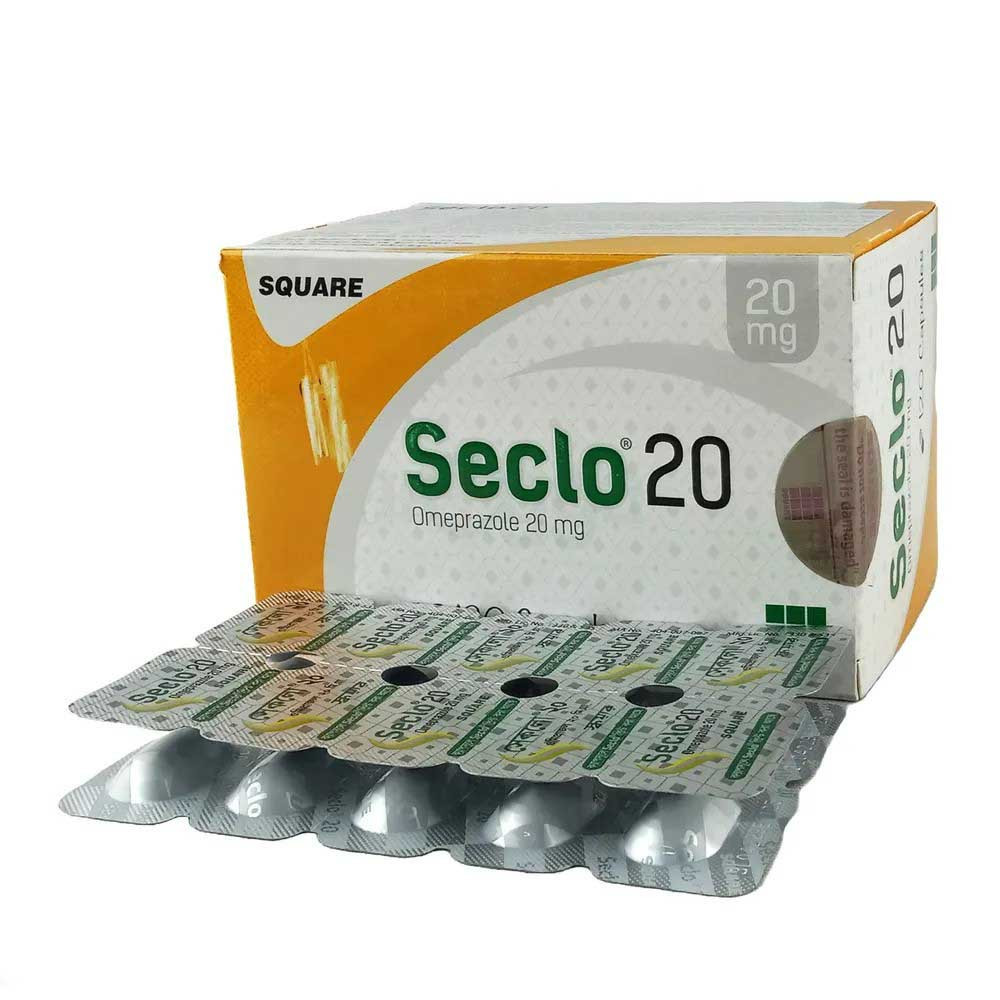

AminoBost IV Infusion 500 ml bottle, Amino Acid, D-Sorbitol & Electrolytes 5%
Inhouse product
-
৳11.40
৳12.00 -
৳42.75
৳45.00 -
৳16.63
৳17.50 -
৳2.14
৳2.25
Reviews & Ratings
Indications
Amino acid is
indicated as a source of amino acids for protein synthesis in patients needing
intravenous nutrition. Amino acid is particularly suitable for patients with
basal amino acid requirements. Amino acid is also indicated in faster recovery
in surgery, burns, renal insufficiency, hepatic insufficiency and effective
management of cancer.
* রেজিস্টার্ড চিকিৎসকের পরামর্শ মোতাবেক ঔষধ সেবন করুন'
Composition
Each 100 ml solution
(5%) contains:
Essential Amino Acids-
- L-Isoleucine 0.352 gm
- L-Leucine 0.490 gm
- L-Lysine Hydrochloride 0.430 gm
- L-Methionine 0.225 gm
- L-Phenylalanine 0.533 gm
- L-Threonine 0.250 gm
- L-Tryptophan 0.090 gm
- L-Valine 0.360 gm
- L-Histidine 0.250 gm
- L-Tyrosine 0.025 gm
Non Essential Amino
Acids-
- L-Arginine 0.500 gm
- L-Aspartic Acid 0.250 gm
- L-Glutamic Acid 0.075 gm
- L-Alanine 0.200 gm
- L-Cystine 0.010 gm
- Glycine (Aminoacetic Acid)
0.760 gm
- L-Proline 0.100 gm
- L-Serine 0.100 gm
Excipients
- D-Sorbitol 5.000 gm
Electrolytes
- Sodium (Na+) 57
mmol/L
- Potassium (K+) 25
mmol/L
- Magnesium (Mg++) 1.2
mmol/L
- Chloride (Cl-) 87
mmol/L
- Acetate (CH3COO-)
25 mmol/L
Total Nitrogen
Content: 7.25 gm/L
Total Energy Content: 1551 kj/L (371.14 Kcal/L)
Pharmacology
This IV solution is a
sterile aqueous solution of crystalline Amino Acid and D-Sorbitol with
electrolytes, which are necessary as the nitrogen source for parenteral
nutrition. Nitrogen provided in the form of essential and non-essential amino
acids. This IV solution contains all 18 essential and non-essential amino acids
needed for protein synthesis. The amino acid composition is such that positive
nitrogen balance can be achieved in the postoperative period and during
extended periods of intravenous nutrition. The solution is clear, colorless to
pale yellow colored, having a p H lying in the range of 5.0 to 7.0.
Dosage &
Administration
The nitrogen
requirement for maintenance of body protein mass depends on the patient's
condition (nutritional state and degree of metabolic stress).
- No or minor
metabolic stress and normal nutritional state: 0.10-0.15 g nitrogen/kg/day,
- Moderate metabolic
stress with or without malnutrition:
0.15-0.20 g nitrogen/kg/day,
- Severe catabolism
as in burns, sepsis and trauma:
up to 0.20-0.25 g nitrogen/kg/day.
The dosage range
0.10-0.25 g nitrogen/kg/day corresponds to 15-35 ml Amino
acids IV/kg/day.
In obese patients, the dose should be based on the estimated ideal weight.
Depending upon patients requirements, 1000-2000 ml Amino acids IV may be
infused intravenously per 24 hours. Amino acids IV should be infused slowly, at
rates 1.4-2.8 ml (30-60 drops) per minute.
In children and
infants: The rate of infusion
is 28-35 ml/kg body weight per day is recommended, with a step-wise increase in
the rate of administration during the frst week.
* রেজিস্টার্ড চিকিৎসকের পরামর্শ মোতাবেক ঔষধ সেবন করুন'
Interaction
At the recommended
dosage the amino acid have no pharmacological effects and is not expected to
interact with other medicaments.
Contraindications
This is
contraindicated in patients with inborn errors of amino acids metabolism,
severe liver dysfunction and in severe uremia when dialysis facilities are not
available. Due to the content of glucose, Amino Acids IV infusion and 10%
Glucose with Electrolytes is contraindicated in patients with hyperosmolar
nonketotic diabetic coma.
Side Effects
AminoBost is usually
well tolerated. Nausea occurs rarely. Vomiting, flushing and sweating have been
observed during infusion of Amino acid at rates exceeding the recommended
maximal rate. Transient increases liver test during intravenous nutrition have
been reported. The reasons are at present unclear. Hypersensitivity reactions
have been reported. As with all hypertonic infusion solutions, thrombophlebitis
may occur when peripheral veins are used. The incidence may be reduced by the
simultaneous infusion of 10% fat emulsion. If given to severely ill, premature
infants, hyperphenylalaninemia may occur.
Pregnancy &
Lactation
Successful and safe
administration of amino acid solutions during pregnancy in the human has been
reported. Animal reproduction studies have not been carried out with Amino
acid.
Precautions &
Warnings
IV infusion of amino
acids is accompanied by increased urinary excretion of the trace elements
copper and in particular zinc, which should be taken into account in the dosing
of trace elements, particularly during long-term IV nutrition.
Hyperphenylalaninemia may occur in severely ill, premature infants. In these
patients, monitoring of the phenylalanine level is recommended and the infusion
rate adjusted as needed. Amino Acids IV infusion and 10% Glucose with
Electrolytes should be used with caution in patients with diabetes mellitus,
severe heart failure or with renal function in combination with fluid restrictions
or oliguria/anuria of another origin. In patients with hyperglycemia,
administration of exogenous insulin might be necessary. In severely
malnourished patients refeeding carbohydrates can trigger thiamine (vitamin B1
) deficiency syndrome. Those at high risk are patients with a history of
alcohol abuse, anorexia nervosa, prolonged fasting or starvation and pregnant
women with hyperemesis gravidarum. In this kind of patients, parenteral
nutrition containing glucose should be given with caution and parenteral
administration of thiamine should be considered before and during the
administration of glucose. Monitoring of serum potassium and blood glucose is
recommended if Amino Acids IV infusion and 10% Glucose with electrolytes is
infused rapidly or in a large quantity. For patients with hypophosphatemia, an
additional supply of phosphate is recommended.
Overdose Effects
If Amino Acids IV
infusion and 10% Glucose with Electrolytes is administered at a higher rate
than recommended, there is an augmented risk for nausea, vomiting and sweating.
When peripheral veins are used thrombophlebitis may occur. Osmotic diuresis
with dehydration may occur if the dosage recommendations are exceeded. There is
also a risk of symptoms related to hyperglycemia with Amino Acids IV infusion
and 10% Glucose with Electrolytes. In case of symptoms due to overdose, the
infusion should be slowed down or discontinued.
Therapeutic Class
Parenteral nutritional
preparations
Storage Conditions
Protect from light and
store between 15°C to 25°C temperature. Avoid freezing. Keep out of reach of
children.
Frequently Bought Products
Heplol Tablet, L-Ornithine L-Aspartate 150 mg
Tenapam Tablet , Bromazepam 3 mg
Methigic Tablet, Methylprednisolone 2 mg
Oxifun Cream 10gm, Oxiconazole Nitrate 1%
Fast Suppository, Paracetamol 250 mg
Seclo Capsule (Enteric Coated), Omeprazole 20 mg
Lubgel Ophthalmic Solution Carboxymethylcellulose Sodium 1%
Product Queries (0)
Login Or Registerto submit your questions to seller
Other Questions
No none asked to seller yet
-
৳11.40
৳12.00 -
৳42.75
৳45.00 -
৳16.63
৳17.50 -
৳2.14
৳2.25

















